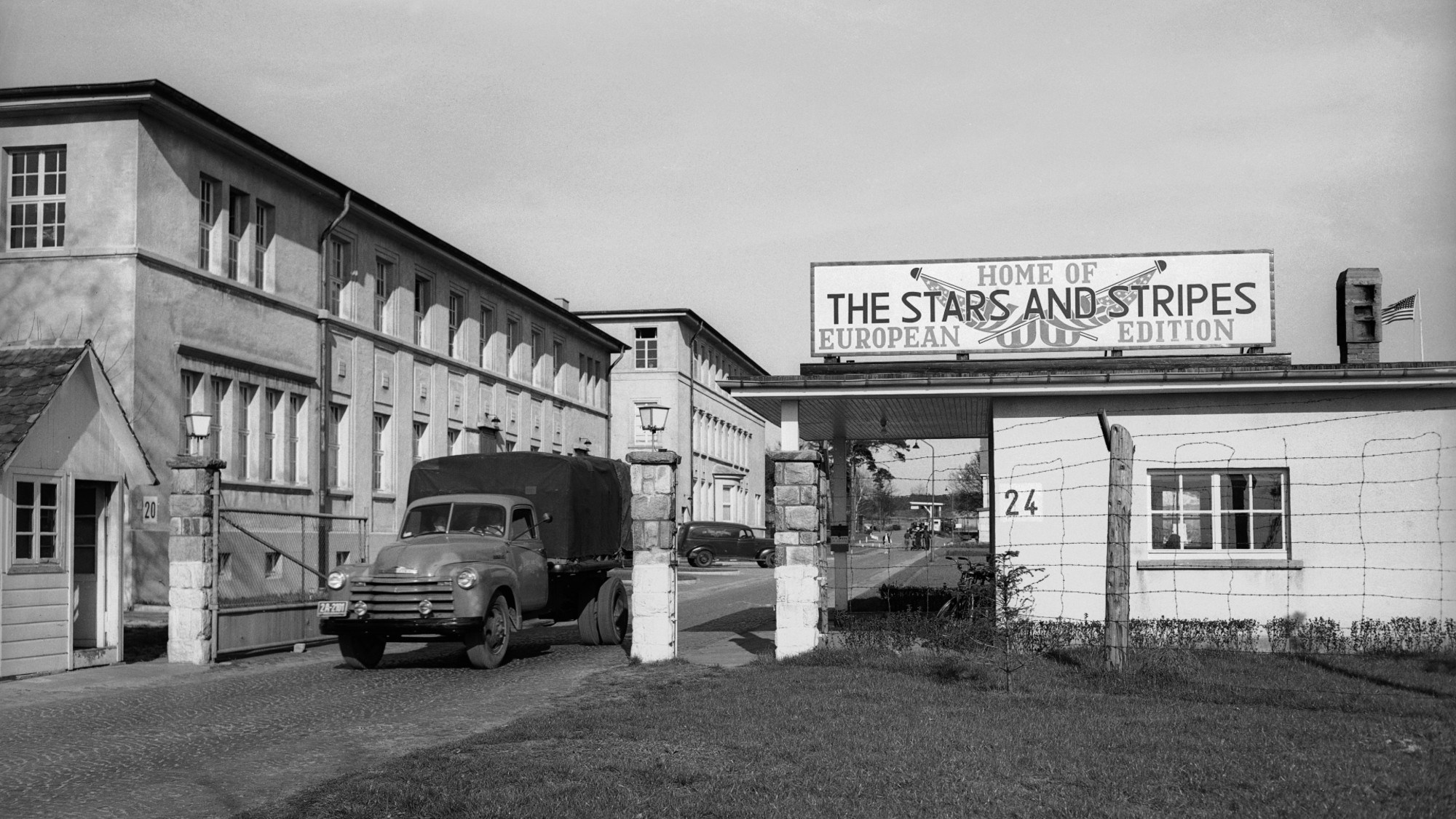Bain Capital: Judging how Romney got rich
Romney's record at the private-equity firm he founded and ran from 1984 to 1999 has come under attack from Republican rivals.
Mitt Romney looks very likely to be the Republican candidate for president, said Matt Bai in NYTimes.com. “But in this thing about Bain Capital and the factories it closed, Mr. Romney’s rivals might just have found something he needs to worry about, now and in November.” Bain was the private-equity firm Romney founded and ran from 1984 to 1999, and his GOP rivals have made it the subject of some surprisingly aggressive and potent attacks. Rick Perry has denounced Bain as the epitome of “vulture capitalism,” and Newt Gingrich’s Super PAC released a blistering half-hour piece of propaganda titled “When Mitt Romney Came to Town,” full of heartbreaking interviews with workers laid off after Bain Capital either “restructured” their companies or drove them into bankruptcy. Romney has challenged the accuracy of some of the details in the film, but “the attack could prove sticky,’’ because it goes to the heart of his main strength as a candidate—that he’s a skilled turnaround artist whom Americans should hire as “our CEO.”
The Bain revelations may not stop Romney’s nomination by Republicans, said Andrew Sullivan in TheDailyBeast.com, but they could fatally wound him in the general election. The “Bain Brahmin’’ not only fired thousands of people in restructuring their companies—he helped make Bain a $578 million profit, and put more than $200 million in his own pocket. That kind of “Wall Street maneuvering” hasn’t been very popular since the 2008 financial crisis. “I simply cannot imagine a worse narrative for a candidate in this climate.” It sure didn’t help when Mitt defensively said last week that income inequality is a delicate topic that should be discussed “in quiet rooms,” and that critics of his Bain success are suffering from “envy.” When middle-class voters come to understand how Bain made its fortune, said Gary Weiss in Salon.com, they’ll be feeling disgust, not envy. The firm’s modus operandi was to buy a struggling business, reduce the workforce to the absolute minimum, increase its short-term earnings enough to borrow money in the firm’s name, and then pay out huge dividends to the business’s new shareholders—Bain’s wealthy investors. While some companies went on to thrive, Bain left a “trail of destruction” in which 22 percent of the businesses it restructured closed or declared bankruptcy.
Romney’s critics obviously know nothing about venture capitalism, said James Pethokoukis in Washington​Examiner​.com. The only reason so many businesses went bust after Bain’s involvement is that Bain specialized in trying to fix “floundering firms” already near collapse. Yes, it was a high-risk strategy. Sometimes a firm would fail anyway, often wiping out Bain’s investment, but that was never the goal, and “quite often when Romney came to town some pretty good things happened.” Bain, under Romney, made initial investments in Staples, Domino’s Pizza, and the Sports Authority, said Patrick Brennan in NationalReview.com, which now collectively employ more than 100,000 people. Bain also raised hundreds of millions to bankroll Steel Dynamics, an innovative steel-manufacturing start-up in Indiana that today is a huge success, “in what most considered an industry for which the die had been cast and America had lost.”
The Week
Escape your echo chamber. Get the facts behind the news, plus analysis from multiple perspectives.

Sign up for The Week's Free Newsletters
From our morning news briefing to a weekly Good News Newsletter, get the best of The Week delivered directly to your inbox.
From our morning news briefing to a weekly Good News Newsletter, get the best of The Week delivered directly to your inbox.
Yes, Romney performed very efficiently at Bain, said Jonathan Last in WeeklyStandard.com. But even capitalists must admit that “what is efficient isn’t always admirable.’’ To maximize returns for his investors, his work at Bain sometimes meant finding “a company whose component parts were worth more than the whole—and dismantling it.” Since Romney has predicated his candidacy on his success as a businessman, voters have a right to judge the morality of how he got rich. Face it, said Andrew Leonard in Salon.com. Romney “can flip-flop about everything else,’’ but “he’s the 1 percent—even Newt Gingrich says so.”
That line of attack has establishment Republicans worried, said Holman Jenkins in The Wall Street Journal. They know Romney’s free-market narrative will be pitted against President Obama’s “simpler story,’’ in which mean, nasty capitalists destroy jobs, while government creates them by bailing out Detroit and subsidizing the solar industry. But Romney “has a defensible story to tell.’’ At a time of onrushing globalization and technological change, Bain delivered returns to investors of between 50 and 80 percent a year, thanks to Romney’s flair for “calm, careful analysis’’ and strategic decision-making. At a time when our nation is badly in need of leadership, economic and otherwise, that is hardly “the worst qualification to bring to the Oval Office.”
A free daily email with the biggest news stories of the day – and the best features from TheWeek.com
-
 Why is the Pentagon taking over the military’s independent newspaper?
Why is the Pentagon taking over the military’s independent newspaper?Today’s Big Question Stars and Stripes is published by the Defense Department but is editorially independent
-
 How Mars influences Earth’s climate
How Mars influences Earth’s climateThe explainer A pull in the right direction
-
 ‘The science is clear’
‘The science is clear’Instant Opinion Opinion, comment and editorials of the day